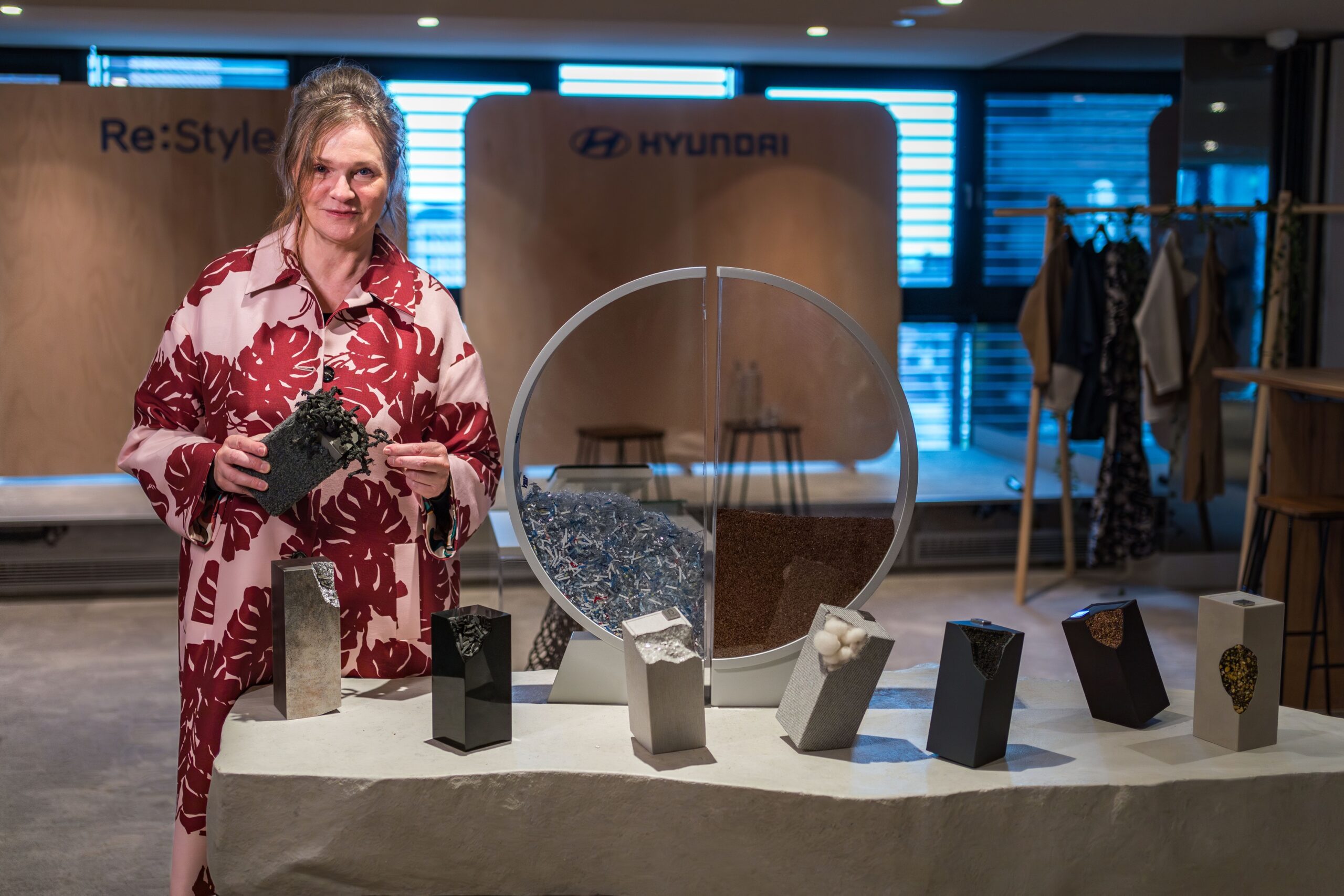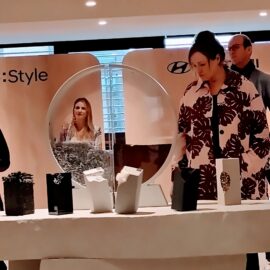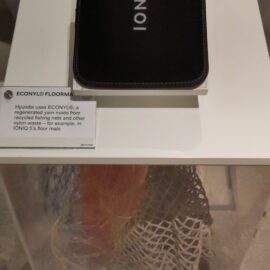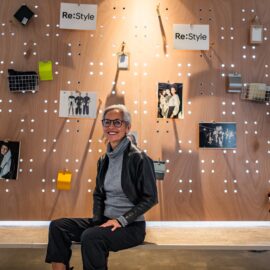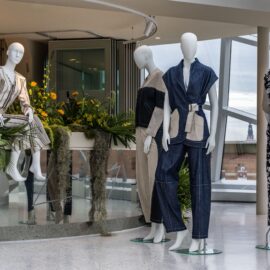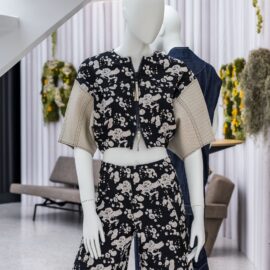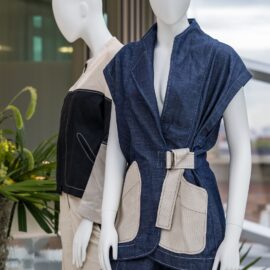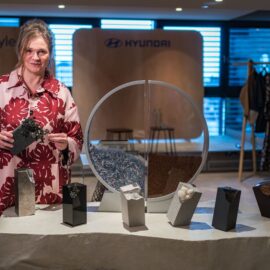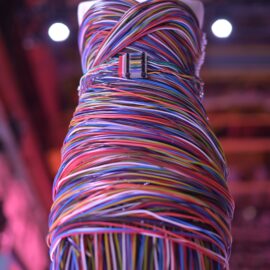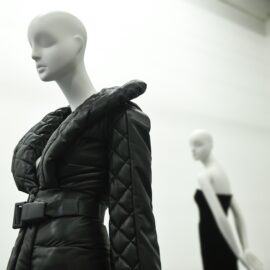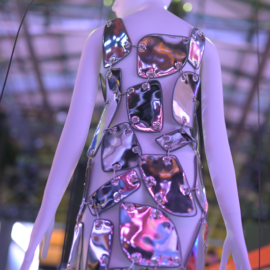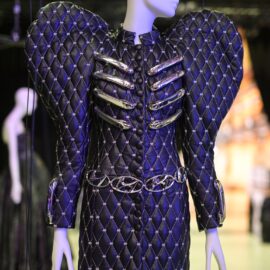Amsterdam recently played host to a remarkable event that underscored the potent intersection of automotive innovation, sustainable fashion, and circular economy principles. Hyundai’s Re:Style event brought to life the concept of circularity in a breathtaking way, leaving us with valuable insights and reminders that extend beyond the glitz and glamour of the fashion runway. Here are six precious lessons from this event that can guide us towards designing for circularity and fostering meaningful partnerships for a sustainable future.
-
First Design for Beauty and Durability, then Sustainability
As the saying goes, “sustainability should be the cherry on top.” Beauty and durability are paramount. People won’t embrace sustainability if the products don’t capture their hearts. As designer Lance Hosey used to say: “if you want something to last make it as lovable as a Labrador”.
-
Include Care in Your Designs
Hyundai’s challenge was to embed the idea of care in a car – care for the environment, materials, impacts, and people. Defining what care means to your design is a unique approach, one that goes beyond conventional sustainability and delves into the realm of meaningful impact.
-
Embrace Multiple Approaches
In the presentation in Amsterdam, fashion designer Maria Cornejo and Diana Kloster, head of Hyundai’s Color Team, emphasized that every small effort matters. In a circular world, there should be no waste. It’s crucial to embrace a variety of approaches and strategies to promote circularity. Collaboration, innovation, reduction, consumer education, supply chain optimization, material innovation and recovery, and infrastructure – all of these factors play a vital role in shaping a more sustainable future. Even imperfect solutions can find their place in the journey towards circularity. Embracing multiple pathways allows us to harness the collective power of diverse strategies, each contributing to a more circular and sustainable world.
-
Start from a New Way and Be Open to Rethinking
The designers involved in the creation of the Hyundai IONIQ 5 model began with a blank page, seeking new ways to address climate threats with the design of a car. Starting with a fresh perspective and a commitment to reimagining how we produce and consume is essential for circularity.
-
Create Conversations
Transparency and dialogue are vital. Invite diverse voices to the table, share your processes, goals, and the challenges you’re yet to overcome. Conversations spark innovation and collaboration.
-
Partner and Look Beyond Your Supply Chain
Collaboration is the cornerstone of circularity. Hyundai’s Re:Style platform exemplifies the power of partnerships across industries. Embrace partnerships that extend beyond your immediate supply chain, and support one another as you journey towards a circular future.
In many ways, Hyundai’s Re:Style platform mirrors the Healthy Seas approach to partnerships and circularity. Our vision is built on collaboration, dialogue, and a steadfast commitment to the future. The event in Amsterdam serves as a beacon, guiding us towards a more sustainable and circular world. By weaving these lessons into our actions, we can collectively shape a more beautiful, durable, and circular future.



